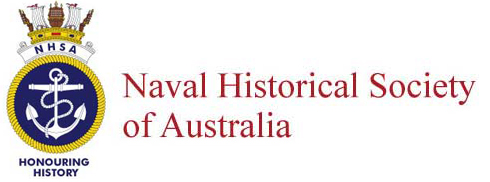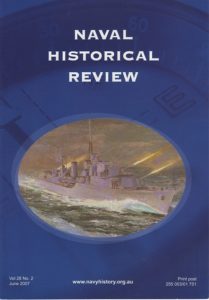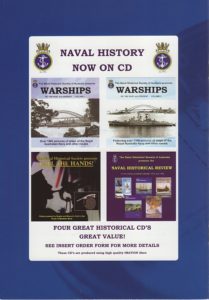- Author
- Editorial Staff
- Subjects
- Biographies and personal histories, History - pre-Federation
- Tags
-
- RAN Ships
- None noted.
- Publication
- December 2023 edition of the Naval Historical Review (all rights reserved)
There is a growing tendency in our modern society to question the impacts of past colonialisation without acknowledging the historical context of those times and knowing the characters involved. Great navigators and explorers such as James Cook are now despised in some instances but we fail to recognise that without their achievements we would not be here to discuss and demonstrate. History, however uncomfortable, cannot be easily erased and we should benefit from a greater understanding of the contribution made by lesser-known characters such as Daniel Carl Solander.
Dr. Daniel Solander – had the scientific knowledge of flora and fauna invaluable in recording new findings. He was the most prominent of the scientists who travelled round the world on board HMS Endeavour (also known as HM Bark Endeavour) during 1768-1771 and who advised and worked closely with Banks. The specimens brought back to England provided much publicity to the voyage and helped promote great interest in these new lands.
Joseph Banks (who later became Sir Joseph) – was a wealthy landowner who became a patron of natural sciences. He participated in Cook’s first great voyage accompanied by his own staff which included his fellow naturalist the Swedish Daniel Solander and his friend, a Finnish naturalist Herman Spöring, and the artists Alexander Buchan, Sydney Parkinson and John Reynolds. Banks and his party travelled at his personal expense of about £10,000 (today AUD$5M), said to be more than the total Admiralty outlay for the voyage.
Upon his return from the Cook expedition with thousands of botanical specimens and many beautifully presented illustrations, Banks became famous and was later elected president of the Royal Society. He was prominent in promoting the development of these newly discovered lands.
Lieutenant James Cook – came to notice as a capable seaman, navigator and surveyor; he also possessed the reliability, independence and strong character necessary to lead an expedition into the unknown. Under the patronage of Lord Sandwich, he was chosen to undertake a voyage to the South Seas to measure the transit of Venus and conduct further exploration to prove or disprove the existence of a southern continent. To assist Cook in this task, the Royal Society provided the gifted astronomer Charles Green. The 1769 transit of Venus observations at Tahiti were to help calculate the size of the solar system, measure the exact distance to the sun and assist in nautical navigation by more accurately calculating longitude.
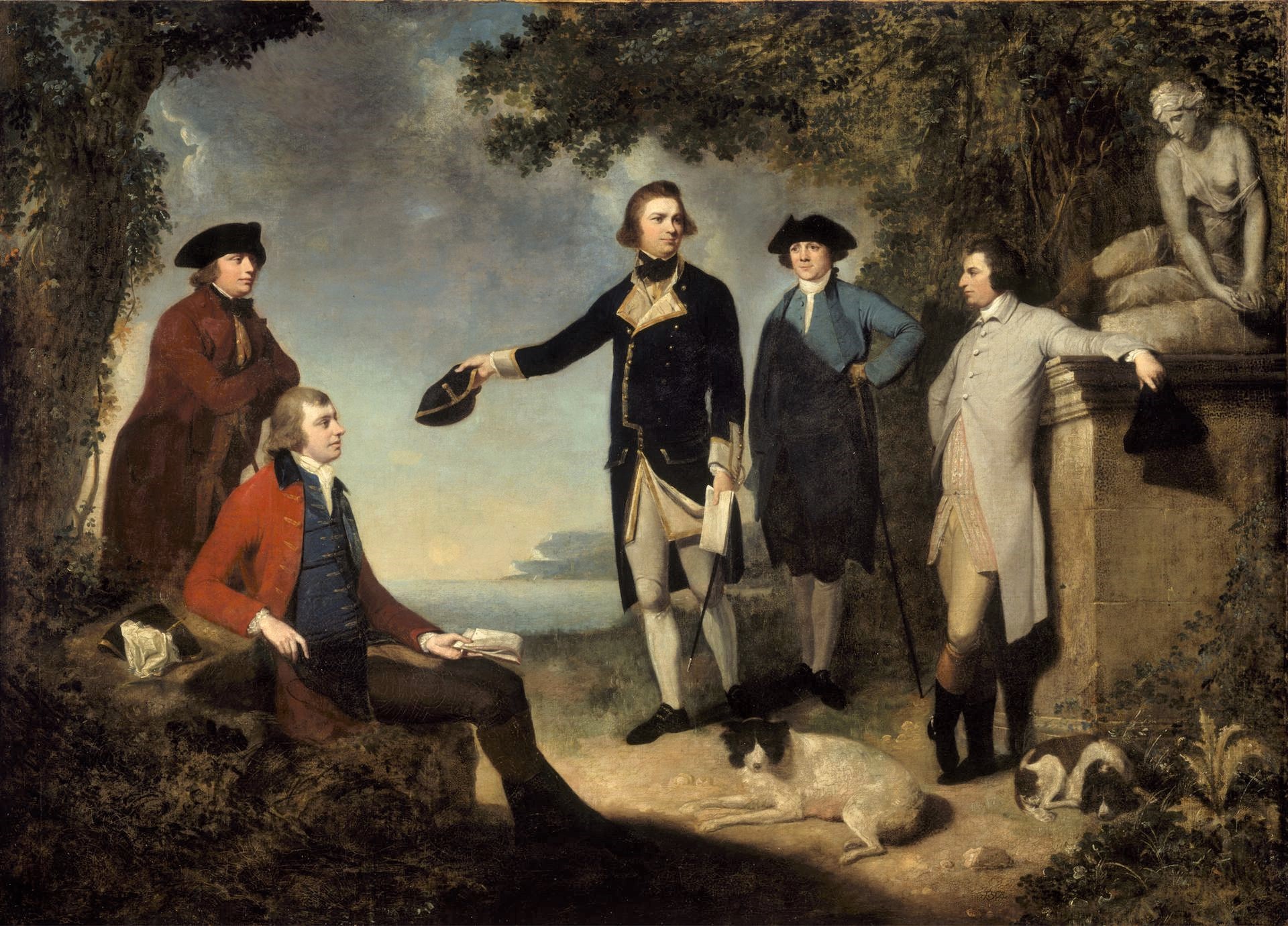
John Mortimer was a well-known figure and landscape painter, influenced by the Italian masters, who became president of the Society of Artists. This painting, which is contemporary with the return of Cook’s first voyage. helped bring characters of this time to public attention.
In another recent slight to the memory of Cook the name Cape Byron which he bestowed on the iconic easternmost point of the Australian mainland on 15 May 1770 has now, after more than 250 years, been renamed Walgun, a traditional Aboriginal place name. Byron was another famous navigator who twice circumnavigated the globe and was the grandfather of the celebrated poet Lord Byron.
Dr. John Hawkesworth – was a successful author commissioned by the Admiralty to edit James Cook’s account of his first voyage of discovery. This was published in 1773 and strangely titled as An Account of the Voyages undertaken by the order of His Present Majesty for making Discoveries in the Southern Hemisphere. This became one of the most popular travel books of its age and contributed to public interest in the Australian continent.
John Montagu – also known as Lord Sandwich, served twice as First Lord of the Admiralty from 1748 – 1751 and again from 1771 – 1782. He was a friend of Banks and a great supporter of Cook, and provided adequate supplies and funding for all three of Cook’s voyages of discovery.
These pioneers paid a great price for success, particularly from disease contracted in Batavia where Endeavourundertook urgent repairs. The scientists Charles Green and Herman Spöring and all three artists, Buchan, Parkinson and Reynolds, died on the voyage. When sailing from Plymouth on 26 August 1768 Endeavour carried a total of 94 men which included the ship’s company and marines plus scientific staff and two greyhounds. When they returned to Dover on 12 July 1771, 38 of these men had died, but the dogs survived.
Aboriginal Artefacts Returned
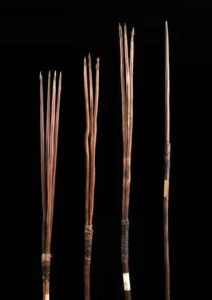
Bringing this story through a full circle, media reports on 23 April 2024, some 254 years after Cook first set foot on Botany Bay, say four spears which had been hurled at the Cook landing party and taken as mementos were returned to representatives of their Aboriginal community. Cook wrote in his journal that upon landing in the bay on 29 April 1770, two Aboriginal men threw rocks and spears at his crew, and in return they fired a warning shot. Banks recorded that some of the spears ranged from 15 to 6 feet (5 to 2 metres) in length. All except one had four prongs headed with very sharp fish bones. Cook presented the spears to Lord Sandwich who in turn gave them into the safe keeping of Trinity College at the University of Cambridge.
Professor Nicholas Thomas, the director of the Museum of Archaeology and Anthropology at Cambridge, said the spears were exceptionally significant. ‘They are the first artefacts collected by any European from any part of Australia, that remain extant and documented,’ he said. ‘They reflect the beginnings of a history of misunderstanding and conflict. Their significance will be powerfully enhanced through return to the country.’
The following paper on Daniel Solander raises some important questions on the contribution made by him and his colleagues on the development of modern Australia, hopefully leading to a brighter chapter in our understanding.
